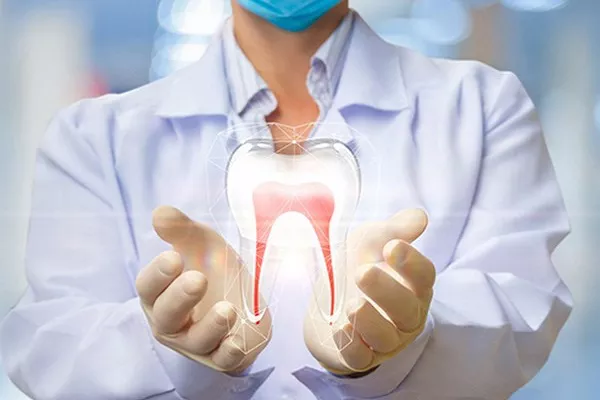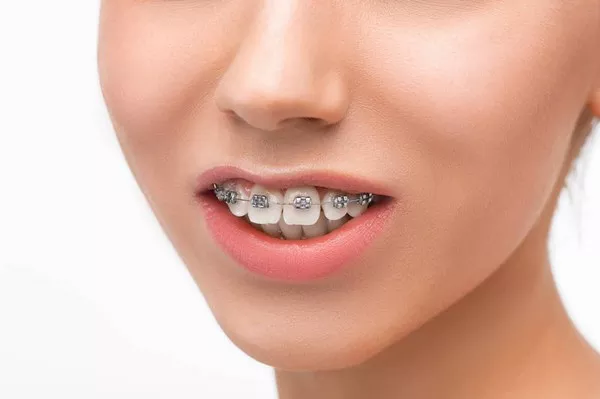Dental fillings are a common procedure used to treat cavities and restore damaged teeth. During the procedure, the dentist may use a local anesthetic to numb the area around the tooth being worked on. In this article, we will discuss the different types of local anesthesia used for dental fillings and how they work.
Types of Local Anesthesia:
- Lidocaine
This is the most commonly used local anesthetic in dentistry. It works by blocking the nerves that transmit pain signals from the tooth to the brain.
- Articaine
This is another common local anesthetic used in dentistry. It has a longer duration of action than lidocaine and is often used for more extensive procedures.
- Mepivacaine
This is a fast-acting local anesthetic that is often used for shorter procedures such as fillings.
- Prilocaine
This local anesthetic is often used in patients who are allergic to other types of anesthesia. It has a longer duration of action than lidocaine but is not as strong.
Administration of Local Anesthesia:
Local anesthesia can be administered in several ways, including:
- Topical Anesthesia
A numbing gel or liquid is applied to the gum tissue with a cotton swab or q-tip.
- Injections
The local anesthetic is injected into the gum tissue near the tooth being worked on.
- Electronic Anesthesia
A device is used to deliver a small electrical current to the gum tissue, which can help to numb the area.
Risks and Side Effects:
Although local anesthesia is generally safe, there are some risks and side effects associated with its use. These may include:
- Allergic reactions
- Numbness of the tongue, lips, or face
- Headache
- Dizziness
- Nausea
- Difficulty speaking or swallowing
Local anesthesia is a safe and effective way to numb the area around a tooth during a filling procedure. The type of anesthesia used will depend on the individual patient and the extent of the procedure being performed. If you have any concerns about the use of local anesthesia during a dental procedure, talk to your dentist or healthcare provider.
































